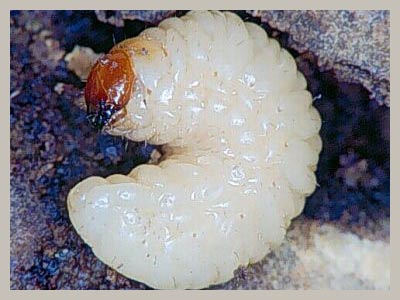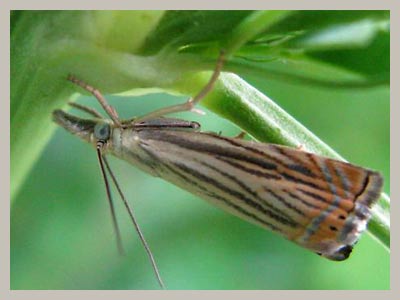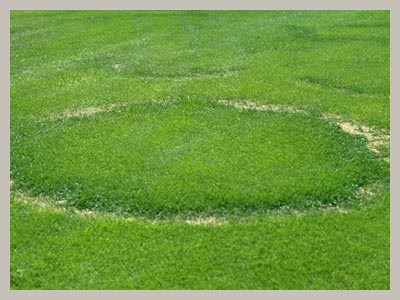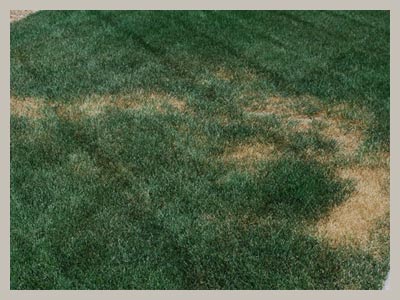Growing
since
1979

FAQ > Lawn:
Diseases and Insects:
Most lawn diseases are caused by fungi, but other factors that affect disease development include the overall health of the lawn, prevalence of certain diseases in our area, weather and seasonal conditions, and landscape maintenance practices. Although their causes, symptoms, and treatments vary, basics such as proper mowing and watering can help strengthen your lawn's resistance to diseases and insects.

Billbugs: Billbugs are small larvae which viciously chew on grass stems and roots, that live at or below the soil surface. Billbugs actually sever off the roots from the grass, and destroy the turf. The damage looks similar to that of drought, and many people assume the lawn only needs water to restore it back to normal. Billbugs survive the winter as larvae in the soil, and begin to feed on the turf in the spring. They then hatch into beetles, which in turn lay their eggs in the grass. The eggs then hatch in the warm summer months, and begin the destructive cycle again. We provide applications for the prevention of billbug damage as well as control of present insect damage.

Cranberry Girdlers: Adult Cranberry Girdlers emerge during summer and have a moth-like appearance. The female adult lays hundreds of small eggs per week, which then hatch in approximately 7 days. The young larvae burrow into the thatch layer of cool season grasses and fine fescues. The larvae feed on the roots of grass for about 2 months before they prepare to overwinter as dormant larvae. Keeping the turf properly fertilized and irrigated will minimize potential damage. Cranberry Girdlers can be treated when they are persistent for multiple years using an insecticide.

Fairy Rings: Fairy Rings are caused by fungi, which feed on decaying organic matter such as dead roots, thatch, or tree stumps. They typically appear as circles, and as the fungal mass grows underground it depletes nutrients, and releases toxic substances in the lawn. There are no liquid or granular substances to control fairy rings, however other methods are available for treatment.

Necrotic Ring Spot: Necrotic Ring Spot is prevalent in the spring and fall, and is a warm to hot weather disease. It can be a recurring problem which then scars the turf. Treatment is available for Necrotic Ring Spot and should be treated in the early spring.

Mushrooms: Mushrooms grow in the turf from organic matter under the surface, such as tree stumps, logs, and tree roots. There are no liquid or granular substances to control mushrooms, but they will disappear naturally when the food in the soil becomes exhausted, a process which can take several years.